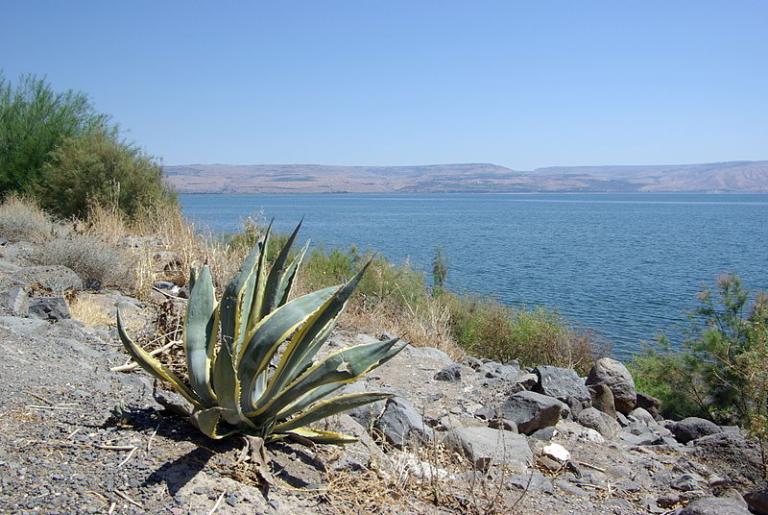
I’m one of the two Gospel Doctrine teachers in my ward, and today it was my privilege to teach Lesson 35, which treats the “minor” prophets Amos and Joel. It gave me a chance to dust off a column that Bill Hamblin and I wrote for the Deseret News back in January 2013:
“Old Testament divine council called a ‘sod'”
(The Hebrew word sod is pronounced somewhere between the English words sod and sewed.)
For many years, the old Foundation for Ancient Research and Mormon Studies (FARMS) and its successor organization, the Neal A. Maxwell Institute for Religious Scholarship, sponsored a book display and booth at the massive annual joint meeting of the American Academy of Religion and the Society of Biblical Literature. We displayed our publications there and, often, answered scholars’ questions about the Restored Church.
Four or five times, though, people talking with us would note that our work was almost entirely about peculiarly Latter-day Saint scriptures and subjects, and would ask whether we had no interest in the Bible.
I didn’t like that part of the impression that we appeared to be giving. We seemed, in that minor way at least, to be confirming the suspicion of some that we’re not really Christian.
But most of us (if not, indeed, all of us) are deeply interested in the Bible.
To use myself as an example: I majored in Greek and dabbled in Hebrew as an undergraduate partly because of my biblical interests. My interest in the Bible was a major reason for my spending nearly six months studying in Jerusalem just after graduation. And the fact that I’ve led at least one tour to Israel annually for the past decade is intimately connected with my passion for learning and teaching about the Bible and biblical history. (I certainly don’t do it for the money; I make none from accompanying such tours, beyond having my travel, food, and lodging covered, along with my wife’s expenses.)
The fact is, though, that Latter-day Saints have long tended to “outsource” our biblical scholarship. (For years, we scarcely had any scholarship; we were mostly a relatively rural or small town community in the remote American West.) We’ve focused on our own unique scriptures for the simple fact that nobody else was doing so. Not, at least, from a faithful perspective. And biblical studies is a major academic field, providing us with no shortage of commentaries and other studies on which we could draw.
That’s not to say, though, that Latter-day Saints haven’t contributed some interesting perspectives on biblical topics. There is, for example, Jack Welch’s The Sermon on the Mount in the Light of the Temple, which grew out of his earlier Mormon-oriented Illuminating the Sermon at the Temple and Sermon on the Mount. And there is his analysis of the parable of the Good Samaritan. And there’s Bill Hamblin’s and Dave Seely’s book on Solomon’s Temple: Myth and History. The very first volume of Interpreter: A Journal of Mormon Scripture published Bill Hamblin’s “‘I Have Revealed Your Name’: The Hidden Temple in John 17”, and that’s very far from the last article that we’ve published on biblical subjects. Heck, I might even mention my own “Ye Are Gods: Psalm 82 and John 10 as Witnesses to the Divine Nature of Humankind” — which can still be found under my name on the website of the Neal A. Maxwell Institute for Religious Scholarship, although, curiously, the link to it seems to be malfunctioning somewhat. (Look under “Authors.”)
Now, though — and particularly in view of the fact that we’re approaching a Gospel Doctrine curriculum year that will be dedicated to the New Testament — I’m delighted that the creation and publication of a Brigham Young University New Testament Commentary is underway.
I hope that the Saints will make good use of this new resource.










